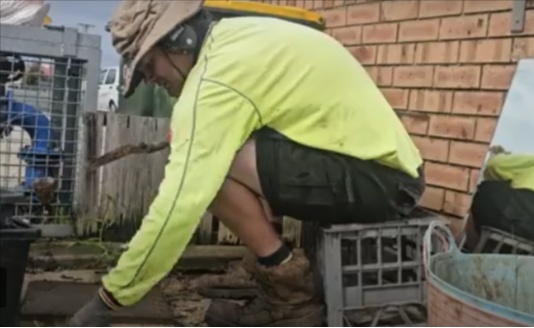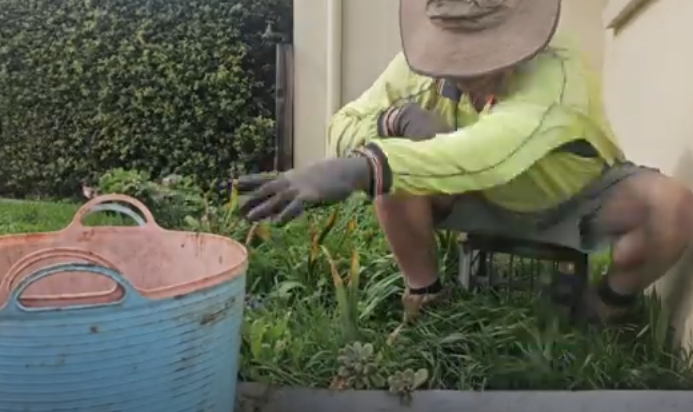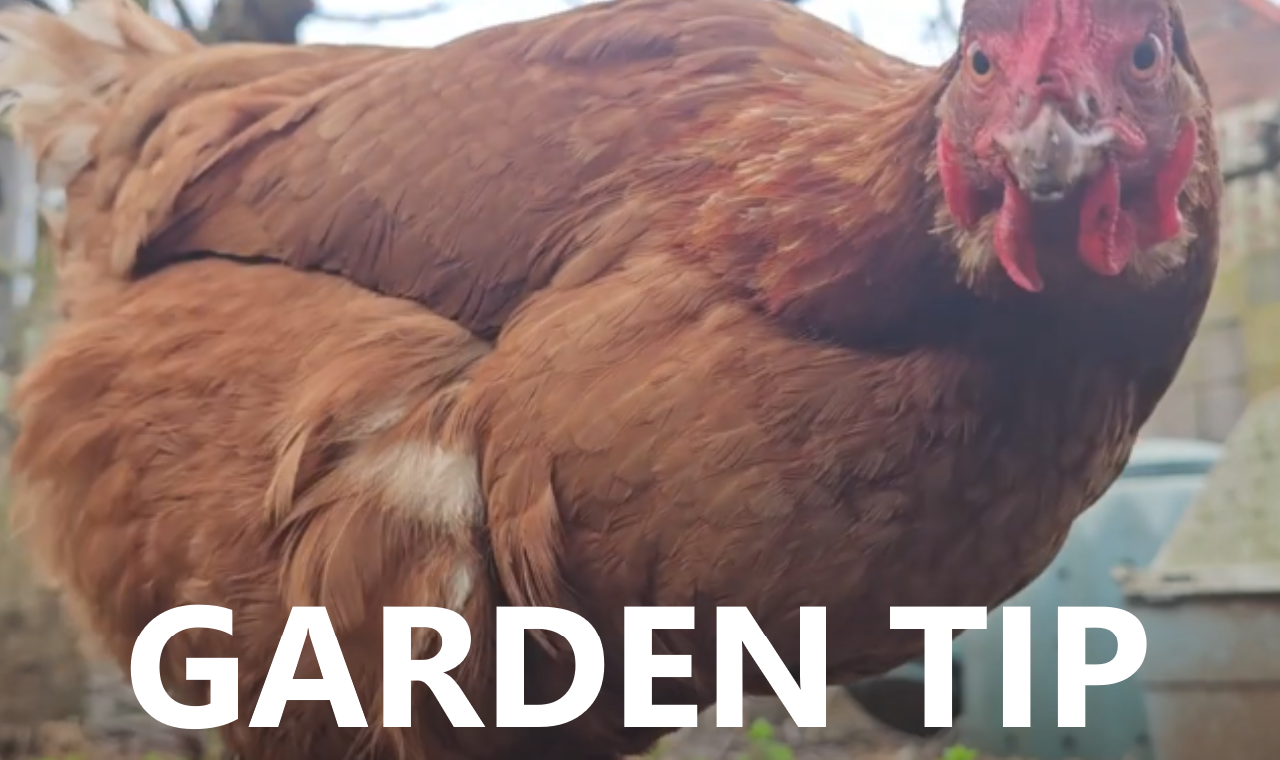Many gardeners struggle with transplant shock and poor growth after moving a fruit tree. This can be frustrating and disappointing, especially when you’ve invested so much time and care into nurturing your tree. But with the right techniques, you can overcome these challenges and give your tree the best chance of survival. One of the main reasons gardeners struggle with transplanting is because they don’t understand the importance of timing, preparation, and care after the move. By following these simple steps, you can minimize the risk of transplant shock and ensure your tree thrives in its new location. Another common mistake gardeners make is not handling the roots properly, which can cause significant damage and stress to the tree.
You will learn how to choose the right location for your tree, taking into consideration factors such as sunlight, soil, and water availability. You’ll also learn what tools you’ll need to make the process as smooth as possible. From digging up the tree to preparing the new site, I’ll demonstrate each step in detail, so you can follow along with confidence. By the end of this video, you’ll have a clear understanding of how to transplant a fruit tree successfully, and be ready to give it a try yourself.
When it comes to transplanting a fruit tree, timing is everything. You want to make sure you’re transplanting at the right time of year, when the tree is dormant, to minimize stress. I’ll show you how to prepare the soil and the tree itself, so it’s ready for the big move. You’ll learn how to dig up the tree, taking care not to damage the roots, and how to transport it to its new location. I’ll also cover how to prepare the new site, including how to dig the hole and add any necessary amendments.
Handling the roots properly is probably the most critical step in the transplanting process. If you damage the roots, you can cause significant stress to the tree, which can lead to transplant shock and poor growth. I’ll show you how to gently remove the tree from the ground, taking care not to disturb the roots. You’ll learn how to inspect the roots for any damage or disease, and how to trim them if necessary. I’ll also cover how to plant the tree in its new location, making sure it’s at the right depth and the roots are spread out evenly.
The final step in the transplanting process is to care for your tree after the move. This is crucial to ensure it recovers from the shock of being transplanted and starts to thrive in its new location. You’ll learn how to water your tree properly, and how to provide it with the necessary nutrients and support. By following these simple steps, you can give your tree the best chance of survival and ensure it grows strong and healthy.
To recap, transplanting a fruit tree successfully requires careful timing, preparation, and care after the move. By following these simple steps, you can minimize the risk of transplant shock and ensure your tree thrives in its new location.
Don’t forget to comment below with your own transplanting experiences




